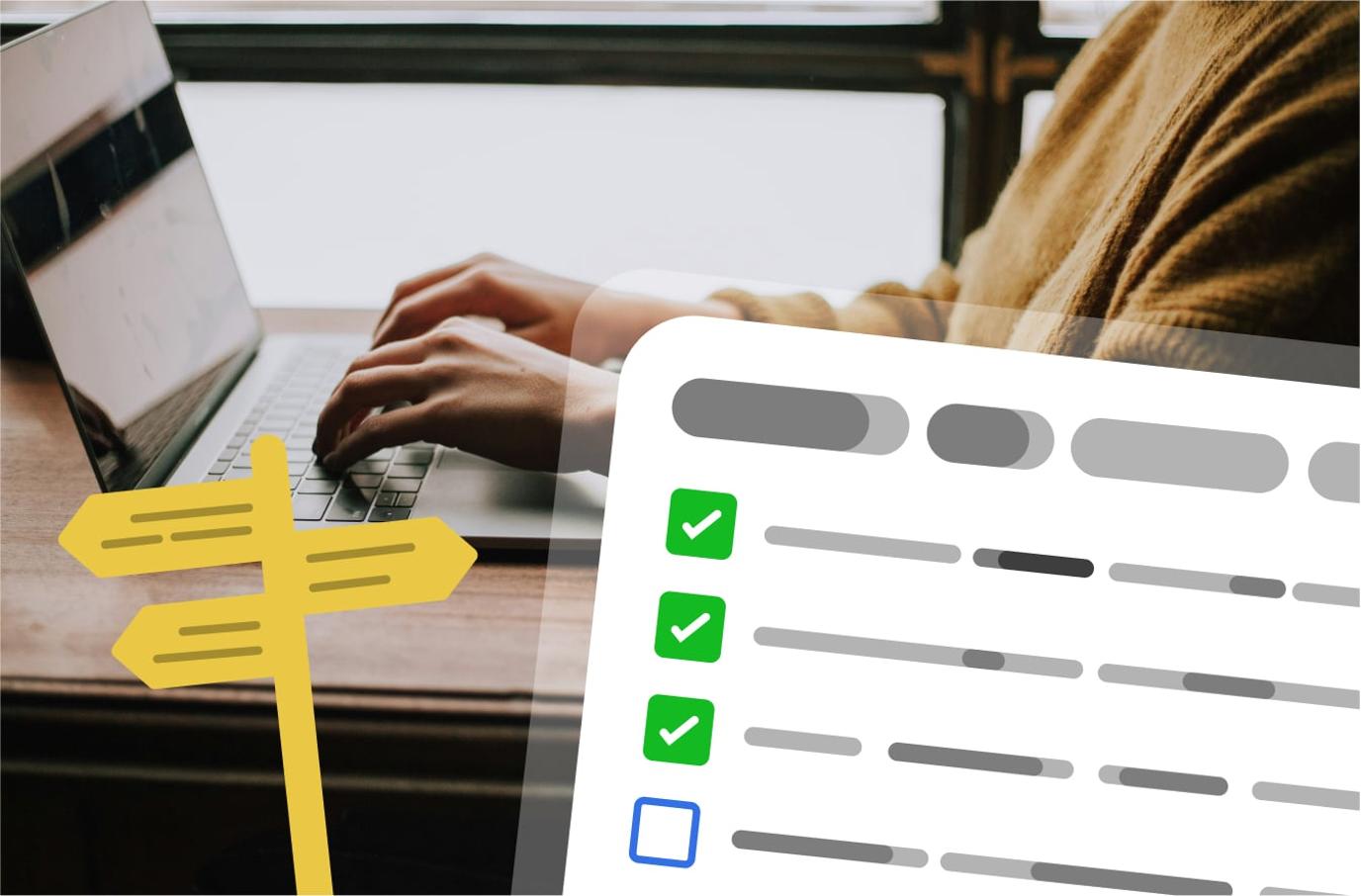By prioritising accessibility, you’re not just reaching more users, you’re reducing your impact on the planet.

How accessibility improvements can reduce your website’s carbon emissions
When we think about website accessibility, the focus is on ensuring everyone can visit and use a website. But there’s also a lesser-known benefit to improving accessibility – reducing your website’s carbon emissions.
In the push for more inclusive and user-friendly websites, many of the same best practices that improve accessibility also support sustainability. Here’s how:
1. Accessible design promotes efficiency
Accessible websites are built with clarity and simplicity in mind. This often means:
- Cleaner layouts
- Logical page structures
- Reduced reliance on large, complex visual elements
This streamlined design doesn’t just make your site easier to navigate, it also leads to faster load times. Faster-loading websites require less data to be transferred and processed, which reduces energy use on both the server and user ends.
A minimalist, user-first approach also reduces the size of each page, leading to fewer bytes sent across the internet. The result: a lower carbon footprint with every visit.
2. Efficient code improves performance and reduces load
- Building an accessible website encourages better coding standards:
- Semantic HTML
- Proper use of ARIA roles
- Avoiding bloated or duplicated code
These practices result in lighter, more maintainable codebases. Lighter code means faster processing on servers and quicker rendering in browsers—both of which reduce energy consumption.
Clean code isn’t just good for your developers and users, it’s better for the planet.
3. Content optimisation benefits everyone
Accessibility improvements often require optimising how content is delivered:
- Using alt text allows images to be skipped when not needed, reducing unnecessary data transfer
- Compressing and resizing images for quicker loading
- Reducing autoplay videos or large background media
These adjustments not only improve access for users with slower connections or assistive tech, they also reduce the amount of data being transferred, saving energy on every page load.
4. Universal benefits of accessibility-driven sustainability
Making your website more accessible isn’t a checkbox exercise. It’s a commitment to creating a better experience for all users, regardless of ability. And in doing so, you’re also improving your site’s sustainability.
Accessible websites are:
- Faster
- Lighter
- Easier to navigate
- More energy-efficient
This win-win scenario highlights how good digital design can contribute to environmental responsibility. As businesses continue to evaluate their carbon footprint, web accessibility offers a practical, impactful area for improvement.
In summary:
- Simplicity in design reduces data load and speeds up performance
- Efficient code leads to less processing and quicker delivery
- Optimised media lowers energy usage and supports accessibility
The result: a website that’s both inclusive and environmentally conscious.
By prioritising accessibility, you’re not just reaching more users, you’re reducing your impact on the planet.





